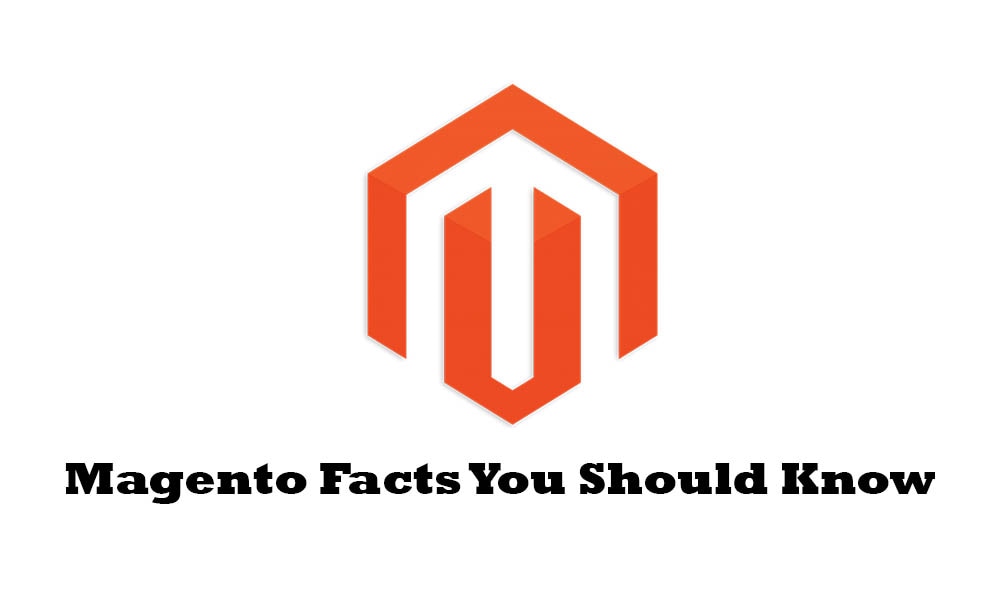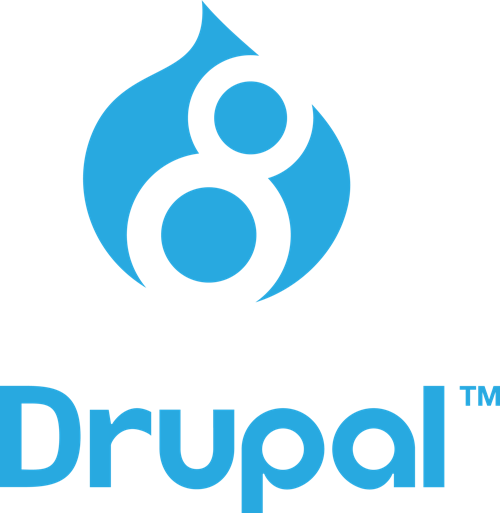|
2/19/2018 0 Comments Comparison of two of the most popular eCommerce Extensions undertaken by Joomla ExpertsGiven that there are number of eCommerce extensions available on the Joomla! Extensions Directory, it can often get confusing for a first time store owner to make a decision when setting up a store for the first time. Our Joomla experts have put together a list of some of the most popular eCommerce extensions discussing pros and cons of each of them.
EShop - The most reviewed eCommerce extension available on the Joomla Extensions Directory, EShop is a simple to use extension for powering your Joomla based eCommerce store. The extension comes packed full of features that help you to stay in complete control of your online operations. Score- 100 Reviews- 278 Paid Download -
HikaShop - Score- 99 Reviews- 251 Free Download (Basic Download) - HikaShop is a simple and flexible extension that turns your Joomla setup into an eCommerce store. The extension allows you to sell your products to a global audience with the ability to handle multiple tax zones, multiple languages and multiple currencies.
Conclusion - Both the plugins are equally good and have their positives and negatives. What it comes down to is your requirements. We highly recommend that you engage an eCommerce developers and provide them a detailed brief covering all the functionalities that you would like to integrate as a part of your setup and they can help you decide which plugin is a better choice for you.
0 Comments
Creating an online store whilst is an exciting adventure, not all aspects of the set up can be as exhilarating. For instance, choosing a competent Shopping Cart Software product, can be just an important as choosing what to sell, sourcing the product and not to forget choosing an eCommerce Development Sydney team. And this blog aims to offer a comprehensive comparison between two heavy weights that command attention; BigConmerce and Woocommerce. Know more about WordPress WordPress Developers Sydney. So what is it? Well, BigCommerce is a self hosted all in one e-commerce platform launched in 2009 and the only online store that actually integrates directly with Google’s Merchant Centre. WooCommerce is open source e-commerce plugin for WordPress. Both options cater well to all segments of the market; from fast growing brands to small to large-sized online merchants. Costs BigCommerce offers 4 different plans to suit different budgets in the market and the features available vary with these too. All plans though do include standard features like unlimited product listing as well as storage and bandwidth, ability to employ multiple sales channel and accept PayPal as well as credit cards, coupled with zero transaction charges and 24/7 customer support. The more advanced plans do offer additional features which again depend on your individual need and budgets. With their very basic plan starting at $29.95, this could be a pricey option especially if compared with WooCommerce which really is a free plugin available to install on your existing WordPress website. And again, whether or not your total costs for using WooCommerce equate to that of BigCommerce per month will depend largely on a number of factors e.g.: whether you use paid or free themes and extra plugins you need and install. Whilst BigCommerce does offer dedicated hosting which means one less thing to worry about, from a cost perspective, with WooCommerce you can get cheap(er) hosting depending on how much you can shop around. Themes and Design Options BigCommerce offers about 91 free and paid themes optimized for mobile devices and nicely categorised into different niches and the costs of these vary up to $235 whereas with WooCommerce, there is a bigger library of both paid and free themes available to choose from. With WooCommerce however you would need to rely on the skills of a developer or be skilled in basic coding to enjoy high degree of customisation and modification of codes in the themes to suit your requirements. Both platform do offer the flexibility of customisation with changes to colour scheme, fonts, adding logos, etc. with WooCommerce being an open source platform so offering that extra edge when it comes to having the flexibility of integrating any number of plugins and applications as you desire. Flexibility and integration WooCommerce also does offer the option to integrate with just about any service provider and more so than BigCommerce that offers a carefully curated selection of top third-party apps and integrations and fewer apps than competitors. SEO Tools Both platforms are extremely SEO friendly with WooCommerce offering the ability to customise title, Meta, and content to optimize it for search engine rankings. BigCommerce offers advanced SEO features too including their own content delivery network to optimize page loading times, use product specific keywords and modify product name, description and images. Customer Service and Support BigCommerce offers a dedicated support portal complete with tutorials, and how-to videos, a dedicated consultant and 24/7 chat, email, and phone support whereas the only downside (depending on which way you perceive it) with WooCommerce is the lack of official support which is more than made up for by their extremely large community of responsive users and forums with active participants willing to help! Conclusion All things considered, both platforms do pack a punch with powerful features, heaps of flexibility and multiple options. How valuable each of these options and features are for you depends on your overall business goals and which platform has the capability to support those. So choose wisely, Exchanges and returns can be costly! 11/14/2017 0 Comments Drupal 8 Features that you should knowProviding the back-end framework for at least 2.3% of all web sites globally and powered by PHP, a free and open source content-management framework, Drupal was first released 17 years ago in May 2000. Since then, Drupal has amassed more than 1.3 million members including dedicated Drupal developers as part of its community which is a true reflection of its popularity with more than 39,000 free modules and over 2,500 free themes.
In November 2015, Drupal 8 was released and below is a compilation of some of its key features that you should know. Twig- The New Theming Engine In order to allow a user to create websites that are user friendly, practical and functional, Drupal has introduced Twig. A PHP theme template engine, Twig is flexible, efficient and most importantly secure so a user can build and maintain layout elements faster coupled with faster load times for compiled versions of the templates. Mobile Friendly and Responsive Drupal 8 is embracing the Mobile friendly philosophy as evident from the built-in themes and admin themes that are fully responsive and adaptive to fit every type of screen size seamlessly. Multilingual With nearly 100 common languages and with 4 key modules in the core, Drupal 8 has an impressive multilingual feature with built-in translations as part of the admin interface. S what this means is that instead of depending on additional plugins or modules to add translation functionality, a user can create language-based Views filtering and block visibility at the site-wide or field levels. Views Making Drupal ever so powerful, Views are now one of Drupal's core modules which means users can effectively and efficiently create pages, blocks, admin sections, etc. And customise as required. CKEditor As a replacement to WYSIWYG, CKEditor is available now as standard with Drupal as one of the best text editors allowing HTML editing for web content to become simplified along with the option of making changes to the text directly from the front-end of the site.. This has significantly reduced the additional time required for maintenance work A robust Configurations Manager A built in configuration manager at the file-system level allows a user to export and import the features that you build or content type, views, or fields, etc to the server with ease. The configuration changes can be just as easily managed too with a version-control system. Built in Web Services RESTful web services allow Drupal developers to create, connect and communicate better with external web services in a standardised manner. Interactive Tours Drupal 8 boasts an interactive Tour module in its core whee users can click the "Tour" link and see pop-ups of tooltips to explain the inner workings of Drupal in an organised and comprehensive manner. There are a number of security extensions available for Magento and if you are new to running an eCommerce store it can often get confusing as to which security extension will work the best for you. Here is a list of security extensions that our team of Magento developers have created based on their experience while working on a number of eCommerce store projects. Websites ‘N’ More Ecommerce Developers Sydney is the ones that you should call.
1- MageSecure A must have extension for your Magento store! This extension runs a number of scans and checks for your Magento setup and produces a detailed report of fixes along with recommendations for the website administrator. List of Security Tests Conducted by the Extension;
2- TotalSecurity - The extension protects a Magento run eCommerce store against unauthorized access. It does so by providing two-factor authentication option for the website administrator and also provides the option of tracking IP addresses that have access the admin panel with the option to whitelist and blacklist IP addresses. Some of the features include;
3- Login Security A simple yet powerful extension that provides that extra security when it comes to user accounts on your Magento eCommerce store. The extension automatically logs out users if there has been a password change. Essentially this means that a user cannot continue a session without entering the password again. The extension kicks into action even if the user is using separate browsers to browse the store and change the password. Some of the features include;
4- Security Extension MageFence - A comprehensive security extension for Magento that provides your eCommerce store protection against commonly known web attacks. Some of the features include;
5- Security Suite by Amasty - Another comprehensive security extension for Magento that allows you to backup and store your website data, track and manage admin users’ performance and protect the admin panel from unwanted login attempts. The features for this plugin include;
Need help in setting up an eCommerce store? We are an enthusiastic team of Magento Developers based in Sydney with a number of Magento projects under our belt. So start a conversation with our Magento Developers Sydney today.  Responsive web design as the name suggests is an approach to web design that ensures websites and web applications to respond to the device it is being viewed on. This means that the same website can be viewed on different devices such as Desktops, Tablets and Smartphones without compromising on user-experience. A website based on the concept of responsive web design takes into account, flexible grids, images and media queries in order to provide a seamless experience to the user. Testing is an important part of a responsive web design project and it will be fair to say that web designers spend at least 30% of their time in any given project on properly testing the website or web application across various devices and browsers prior to project completion. The task of testing responsive websites can be quite daunting given the number of devices available in the marketplace, each with their own screen size and resolution especially when we talk of Smartphones and Tablets. There are a number of tools that can be used for testing purposes and allow you to check for various devices. Here are some of the options, 1- Browser Resize Testing One of the most easiest and simple ways to test your responsive website or web application is to re-size the browser window on a Desktop and check for any inconsistencies or bugs. The idea is to resize the browser to a break point that might be similar in size to the device you want to check for and observe the results. This is not the most accurate way of testing a web design but can give you a quick overview of the work that has been put in thus far and can help you pick out any bugs. 2- Testing on a Device Another way of testing the responsiveness of a web design is to run the website on different devices such as Desktops, Laptops, Tablets and Smartphones (Android, iOS, Windows). This method might be a bit flawed or not the most efficient and effective because there are only a limited number of devices you can check a website or web application on especially when it comes to Smartphones. There are literally thousands of different versions of Smartphones available in the world and it is not humanly possible to check for all the devices at once. 3- Using Online Testing Tools There are plenty of online tools available that can allow you to test the responsiveness of a website of a web application. Here are some of our favourite tools that we have used over the years across a variety of web design projects,
Responsive web design is an interesting area and undertaking quality assurance for these projects comes with its own set of challenges. But these challenges have been taken well by developers around the world thus far and we have seen an emergence of an array of testing tools and methodologies that are certainly allowing the responsive design test process to become more effective and efficient.  A force to be reckoned with, a powerful eCommerce software platform offering scalable solutions and user friendly interface for businesses, Magento is an intuitively fast growing open-source e-commerce platform written in PHP. So here all you need to know about Magento (just in case it comes up at Pub Trivia)
The Bigger and better next generation Open Source Digital Commerce platform available from the 18th of November 2015 as announced at the Magento Live Conference is arguably the future for Ecommerce. And here are some facts about the almighty Magento 2.0
About Us - Websites ‘N’ More is a Sydney based Web development Company with a team of dedicated Magento developers on board who have a deep understanding of the Magento core. If you are looking to develop an eCommerce store based on the Magento platform, be sure to get in touch with us. |
AuthorWebsites ‘N’ More is a Digital Agency based in Sydney providing end to end services to small and medium sized businesses across Australia. Archives
February 2018
Categories |



